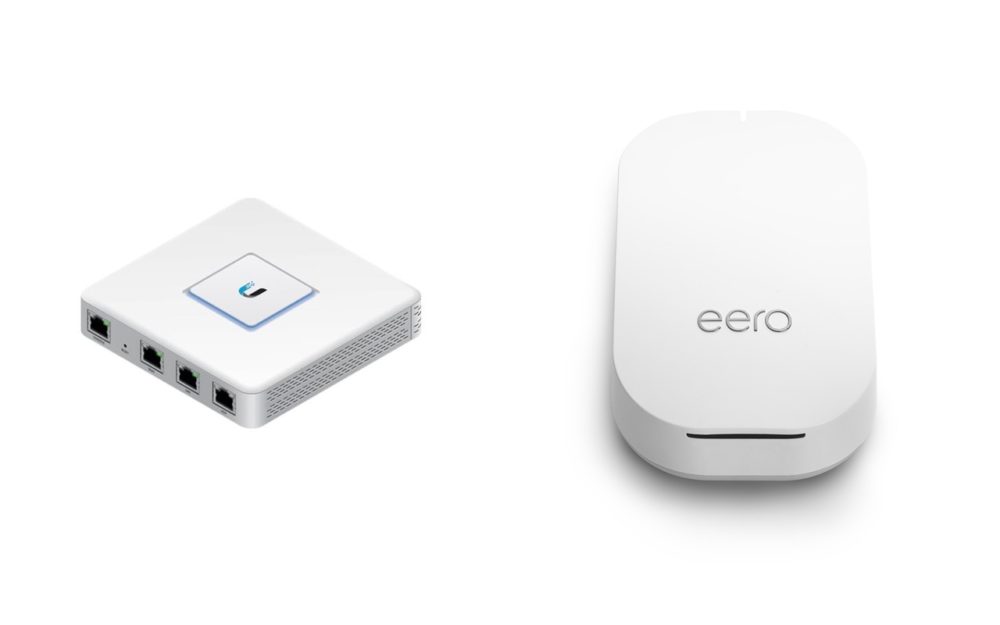Having a dependable router for your home or office is a sure way of having an uninterrupted internet connection. Amazingly, the number of routers in the market is increasing by the day and getting more affordable.
Now, considering that you spend too much time online, you don’t have a reason to have an old, outdated router or unreliable connection. Though you may not always dictate the speed of your internet provider, having a good router makes a huge difference.
BestTechie says Eero and Ubiquiti are among the most sought-after routers, which not only provides reliable connectivity but affordable too. To help you understand these amazing routers better, here is a more detailed description:
Eero vs. Ubiquiti: Overview
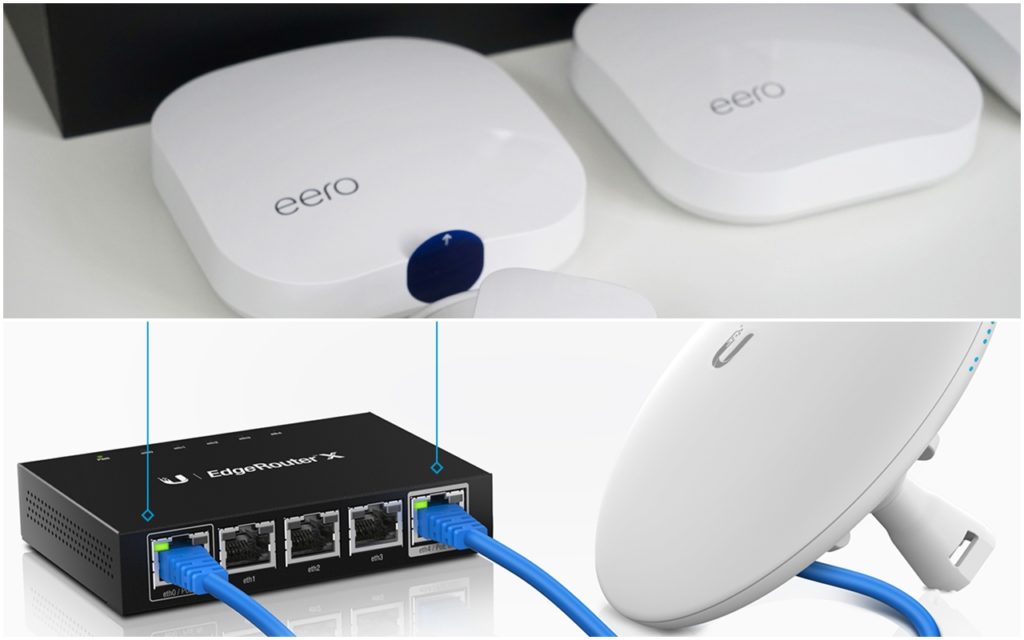
Eero is a household name when it comes to Wi-Fi mesh connectivity. Having been in the market for some time, Eero has introduced several product generations that include Eero gateways, Eero Beacons, and more.
Considering the recent acquisition of Eero by Amazon, you can anticipate some significant changes soon.
When setting up your Eero Wi-Fi router, you’ll first make 1st or 2nd generation Eero your network getaway and then connect it to your modem.
Depending on the size of your home or your preferred network coverage, you can use as many Eeros as you want. It is important to note that generation 1 Eero is no longer available on the official website, which means you have to consider the 2nd generation or buy from Amazon.
But, if you still need the 1st generation, Amazon has it in stock. You can choose to buy Eero 2nd Generation plus Eero Beacon or the Eero Pro, which has three second-generation Eeros.
Ubiquiti is popular for their enterprise & industrial settings, but in the recent past, they’ve dived into residential appliances. Ubiquiti AmpliFi HD is a great device that seeks to extend Wi-Fi networks in your home or office.
The company has several AmpliFi HD products, including AmpliFi Mesh Router, AmpliFi Teleport, and more. You can use the routers on their own or combine them with others to have more reliable Wi-Fi coverage.
Before checking out the differences between these fantastic routers, here are some of their similarities:
- Reliable and safe connection
- Ease of setting up
- Ease of customizing
Eero Vs. Ubiquiti: The Differences
Internet Range
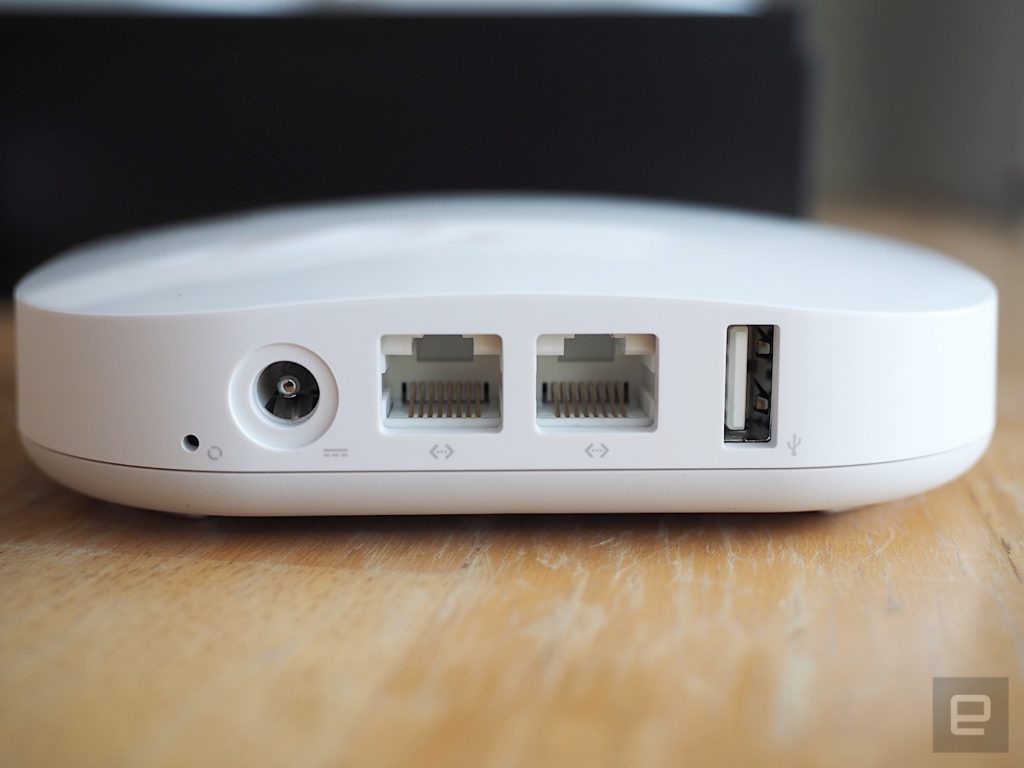
Now, when it comes to Eero, it requires more nodes as well as access points so it can create a mesh network around the house. You’ll need to plug your Eero router to a modem and then plug the additional units into standard outlets in your home.
It is important to note that Eero is available in various packs that require different setups. For instance, if you get the standard Eero pack, you’ll have 1 Eero and a beacon. If your house is big, this alone will not be enough.
For larger homes where you’ll be using multiple units, ensure that you have one group in every 1000 square feet. Also, ensure that there is a 40 feet distance between the Eero models in your home. Do not forget to install the Eero app to help in adding more Eero packs or beacons when the need arises.
For larger homes, the best option will be the Eero Pro Pack as it has 3 Eeros, which are enough to cover 3500 square feet.
For Ubiquiti AmpliFi HD, you will love its wide range of coverage of up to 20,000 square feet. And for this fantastic coverage, you’ll only need one base and two satellites.
If you need to extend your network coverage area from your house to different places such as the office outside, Ubiquiti is a perfect choice. It is not surprising that more people prefer Ubiquiti and not Eero for their home network.
Connectivity
When using Eero, you don’t have to worry about internet speed as it never slows down as long as you have enough routers & beacons. If you feel that a part of your home is not getting enough coverage, installing some beacons will rectify the situation.
In most instances, homeowners whose homes have 1 or 2 stories as it makes it easier to make new Eero additions when the need arises. For long-range, Eero routers usually have a 168Mbs speed and 447Mbps for close range.
Ubiquiti AmpliFi HD mesh router’s dual-band is rated at AC1750, which amounts to 450Mbs. Based on the observations of those who have used the router, however, the average speed is 429Mbs and not 450Mbs, as the manufacturer says.
If you are 50 feet away or two rooms from the router, the speed drops to 69Mbs, which is very low. Based on this, it is right to say that Ubiquiti’s internet connectivity is unreliable.
Wireless connectivity
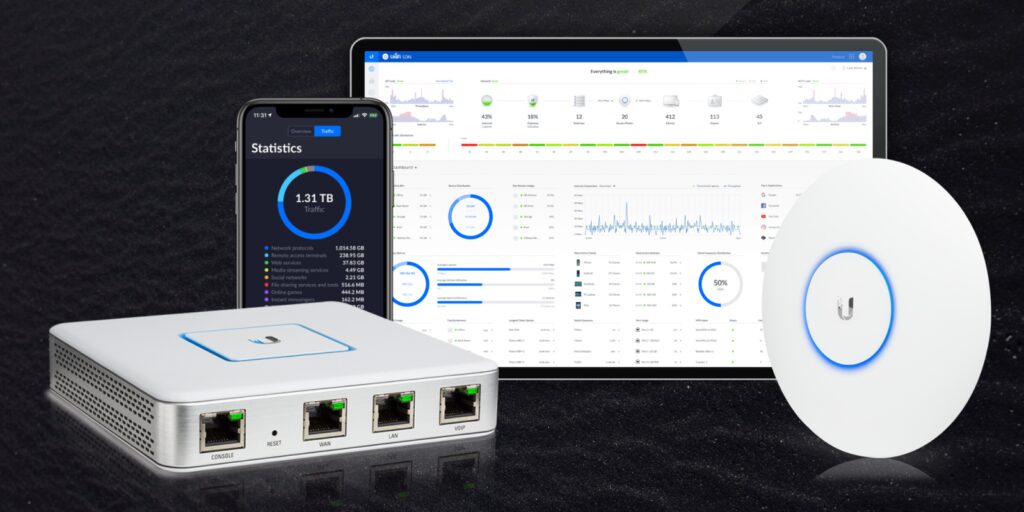
Though both Eero and Ubiquiti have similar wireless connectivity, they operate under different fundamental technologies. For Eero, it uses Tri-band Wi-Fi radios that have 2.4, 5.2, and 5.2GHZ simultaneous wireless frequencies.
Eero also has 2*2 MU-MIMO and beamforming, which makes it stand out among its competitors. Even when multiple devices are connected to the Wi-Fi, there will be no scrabbling for the network, which will significantly boost their performance.
Ubiquiti has Duo-Band Wi-Fi radios with 2.4 and 5GHz simultaneous wireless frequencies. Unfortunately, it can’t access 2*2 MU-MIMO, which makes the router capacity quite low. If your home has multiple devices that require Wi-FI connection, Eero will be the better choice.
LCD Screen
Eero does not have an LCD screen.
Ubiquiti AmpliFi HD has an LCD screen that is lacking in most Wi-Fi routers that allow better control of devices. Using the smart display, you will check the Wi-Fi speed, use it as a watch, and set up your office router, among other tasks.
The colored screen will make the Wi-Fi more homely and will work correctly in place of traditional lights.
Alexa Compatibility
Eero is compatible with Alexa, which makes it possible to control your network connection using your voice. The router is also compatible with Echo and Dot, among other products. And to make it even better, you won’t need to use the app to operate it.
Ubiquiti is not compatible with Alexa or other products such as Dot and Echo, and to worse still, it doesn’t allow voice control. To customize the settings, you can either use the smart screen or its app.
Subscription Cost
Eero
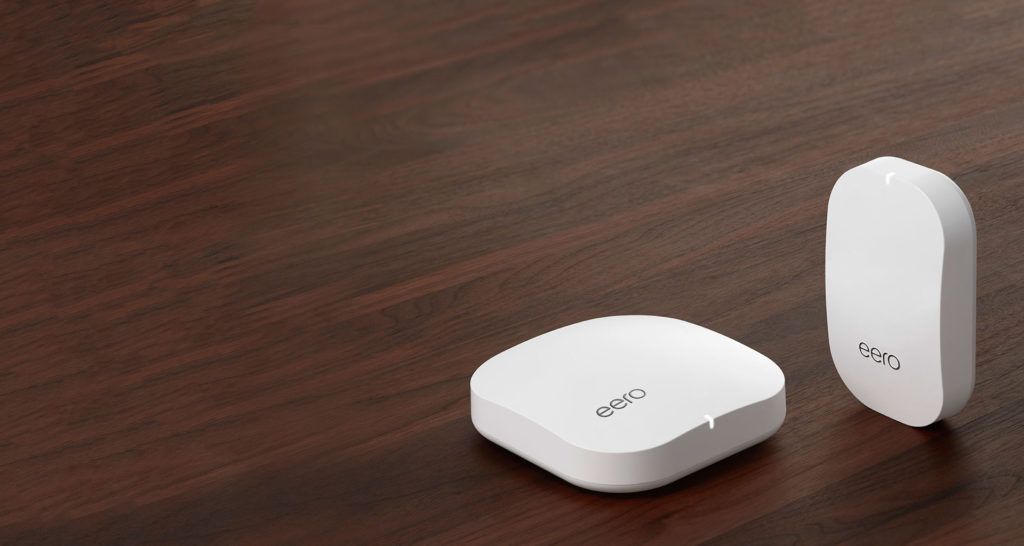
When looking at Eero subscriptions, you’ll not fail to feel the convenience and safety with each of them. Once you install the Eero app on your device, you will have the option of choosing the perfect subscription for you.
Here are some of these subscriptions:
Threat Scan
With this package, you’ll be able to verify the different databases and recognize potential threats in advance. You’ll no longer need to worry about viruses’ removal or getting spammed.
Blocking Ads: With Eero’s blocking ads feature, you’ll no longer need to worry about annoying ads. The feature will prevent ads from propping up on all devices you’ve connected to the Wi-Fi router.
VPN Protection
If you want to browse anonymously without the fear that someone is tracking your activities, this is the best package. It will protect your browsing activities even when you are in unsafe locations.
For this package, however, you can only use a maximum of 5 accounts per subscription.
Password Manager
To avoid the risk of forgetting your multiple websites, you can subscribe to this package. It will help to keep track of your passwords and ensure that hackers do not access them.
Family-Safe Browsing
To protect your kids against harmful content, including violence, adult or illegal content, you need to have a safe browsing option. It will limit the number of sites that anyone using the router can access.
Besides the above packages, there are others, such as Anti-malware software, that you can choose based on your needs.
Ubiquiti AmpliFi HD
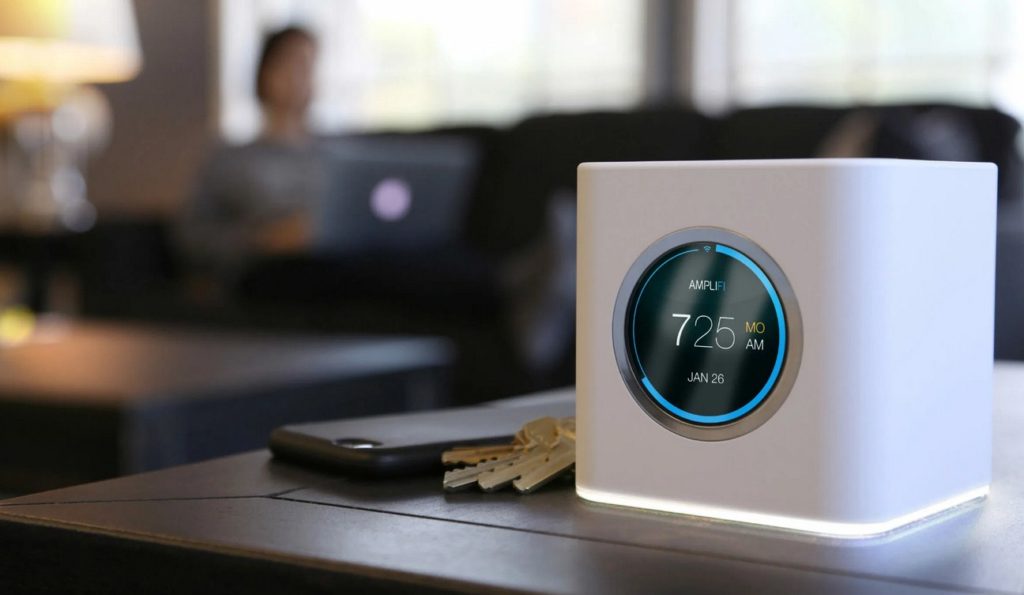
One of the most significant benefits of using Ubiquiti is that you don’t need to incur extra expenditure on additional services. Once you buy your router, you’ll access every other service that the company offers.
However, the router doesn’t have features like a password manager, antimalware, and more. This means Eero takes the win on this as well.
The Verdict
Both Eero and Ubiquiti have their strong and weak points, which will most likely determine your choice. Eero is dependable and offers multiple features such as antimalware that are lacking in Ubiquiti. Eero is also compatible with Alexa, which makes it possible to use voice control when operating your router.
If you are working on a budget and you don’t want to keep spending money on subscriptions, you should get Ubiquiti AmpliFi HD. The router has a beautiful, homely touch screen and is quite easy to set up.
In short, if you need a router that will offer a stable internet connection for up to 10 devices and you don’t mind spending a little more on subscriptions, go for Eero. You will love how well the connections remain stable for as long as you have enough routers in your home.
Most importantly, choosing a router is a personal choice that depends on your needs. Whether you are an average internet user or you’ll be doing some heavy browsing will determine your choice between the two.
However, just so you go the right way, Ubiquiti Amplifi HD is ideal for commercial use, whereas Eero is excellent for home use.

